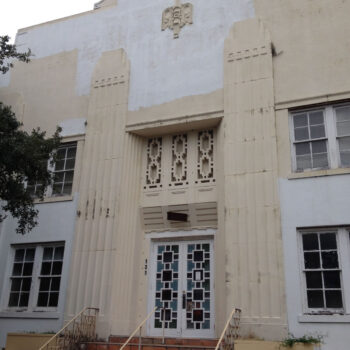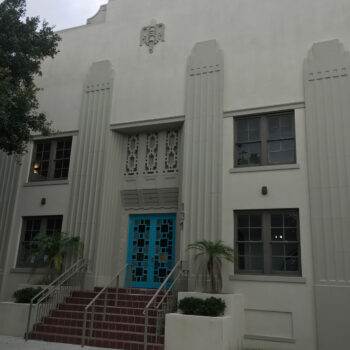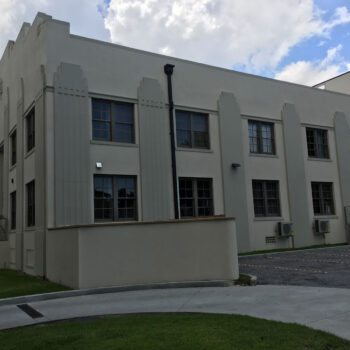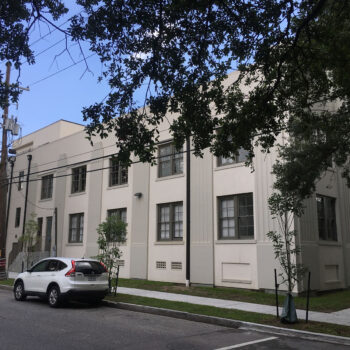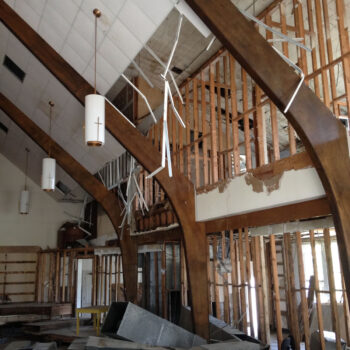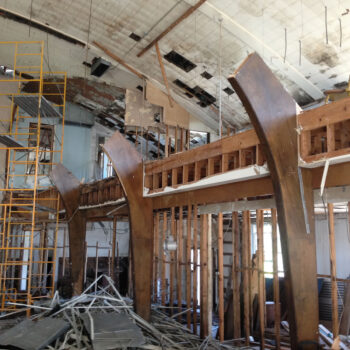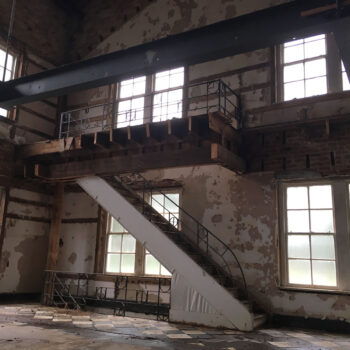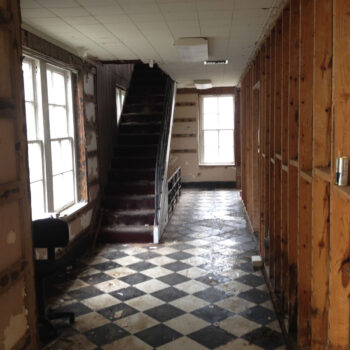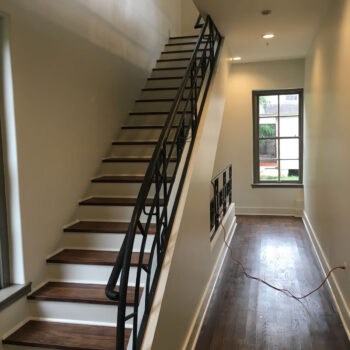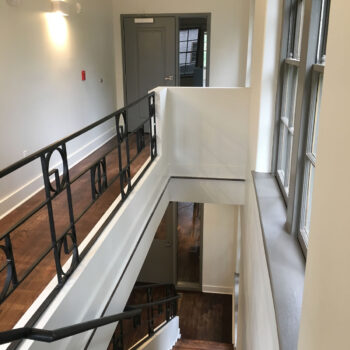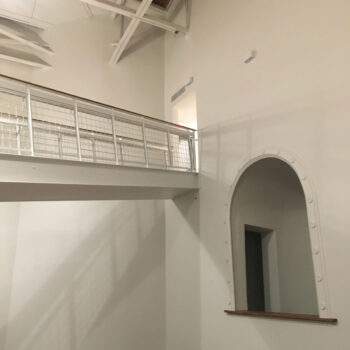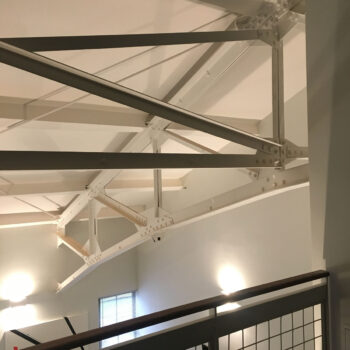Impressed with Crescent Growth Capital’s skillful, contingent fee-based historic preservation consulting capabilities on its St. John’s Masonic project, the New Orleans Redevelopment Fund again retained Crescent to serve as historic preservation consultant on an even more daunting effort: the redevelopment of the blighted, structurally-compromised First United Baptist Church in New Orleans’ Mid-City neighborhood.
Completed in 1940 for a congregation founded in 1907, the Central Baptist Church consisted of a sanctuary constructed in a striking Mayan Revival art deco style and an attached classroom annex. Its congregation dwindling, Central Baptist in 1993 agreed to merge with a young African-American congregation in search of a home, creating First United Baptist Church, the first instance in the nation of historically white and historically Black Southern Baptist congregations merging.
The new congregation successfully established itself but suffered a severe setback in 2005 in the wake of Hurricane Katrina-induced flooding, compounded by the sudden death of the church’s pastor, Marshall Truehill, Jr., in 2008. Plans to remediate and rededicate the facility fell by the wayside, and the sanctuary and its attached annex began to rapidly deteriorate.
Into the breach stepped the New Orleans Redevelopment Fund. Made aware by Crescent of First United’s location within the Mid-City National Register Historic District’s boundaries and period of significance, NORF made plans to acquire the former First United facility and redevelop it into twenty rental apartments. But would federal and state historic tax credits be possible, given the need to subdivide the sanctuary volume to accommodate fourteen of the planned twenty units?
Crescent quickly determined a way forward: the historic sanctuary, completed in 1940, had been downsized decades later by the Central Baptist congregation, as they no longer had need of such a large space. In effect, a “church within a church” had been constructed, with the perimeter of the historic sanctuary converted into more classroom and administrative space. The resulting sanctuary interior, Crescent argued in its HPCA, constituted a non-historic modification that had destroyed the integrity of the original interior. That the original sanctuary interior was no longer intact allowed for its subdivision, with a portion of the circa 1940 sanctuary volume expressed in a new atrium feature separating the sanctuary apartments from those in the annex. An original baptismal pool, installed in the rear wall of the sanctuary, was retained in place as a focal point for the atrium.
Meanwhile, the rear wall of the original classroom annex was suffering acute structural failure, and the entire annex had differentially settled and was pulling away from the sanctuary. Crescent’s HPCA detailed its reconstruction using salvaged decorative elements throughout the interior and ensuring its successful re-purposing as six apartments, with a subtle penthouse addition topping the reconstructed annex roof.
Crescent’s historic preservation consulting effort garnered NORF nearly $2.2 million in federal and state historic tax credits, constituting a significant subsidy for their $5.5 million First United Apartments project. Crescent also monetized the Louisiana state historic tax credits on behalf of the New Orleans Redevelopment Fund, conveying the tax credit sale proceeds to NORF’s principals in February of 2020.
For the third time in nearly as many years, Crescent Growth Capital’s historic preservation consulting work was honored by the Louisiana Landmarks Society, as First United Apartments was named a winner for Excellence in Historic Preservation in 2020.

